ED RUSCHA(n. 1937)
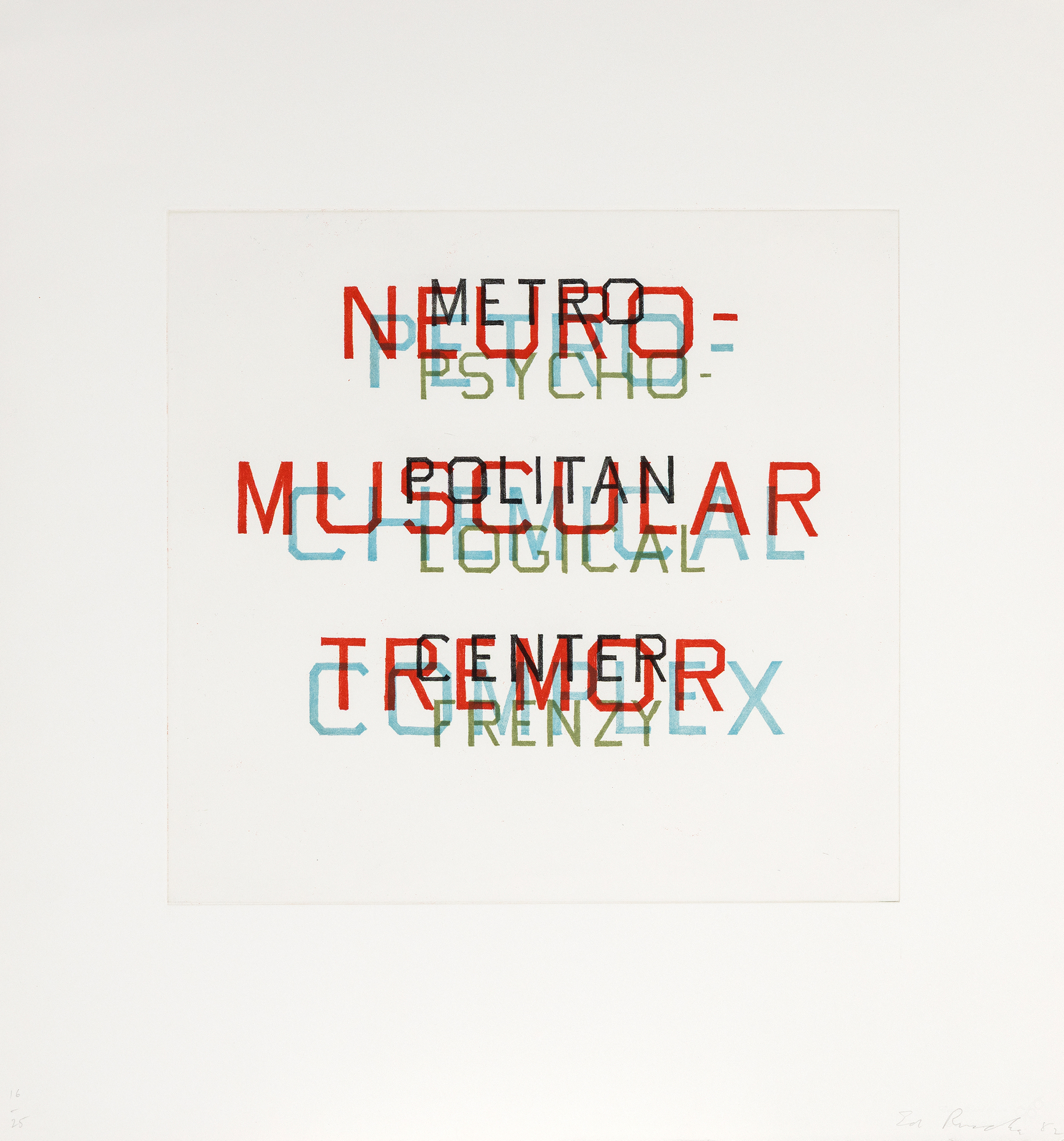
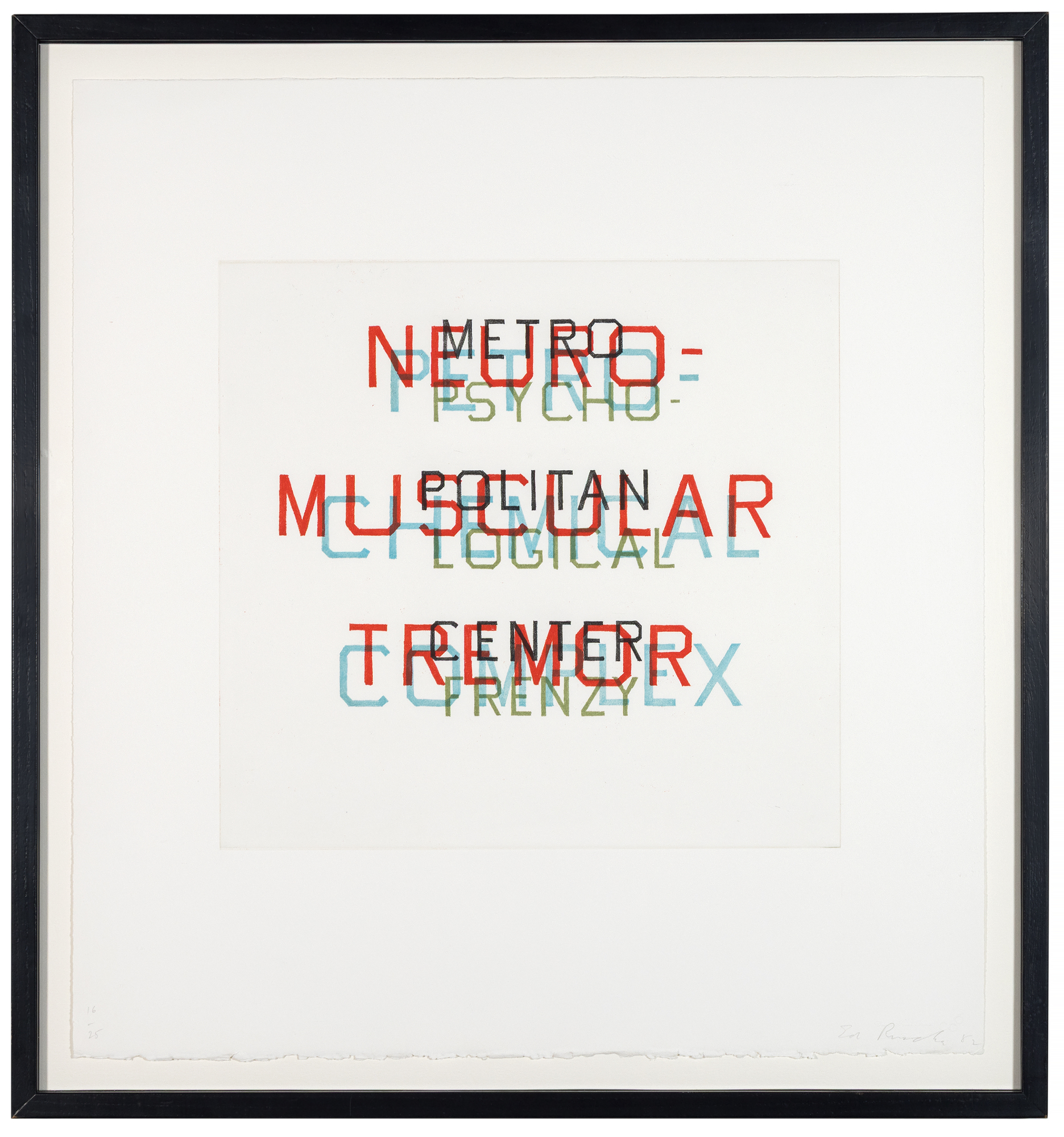
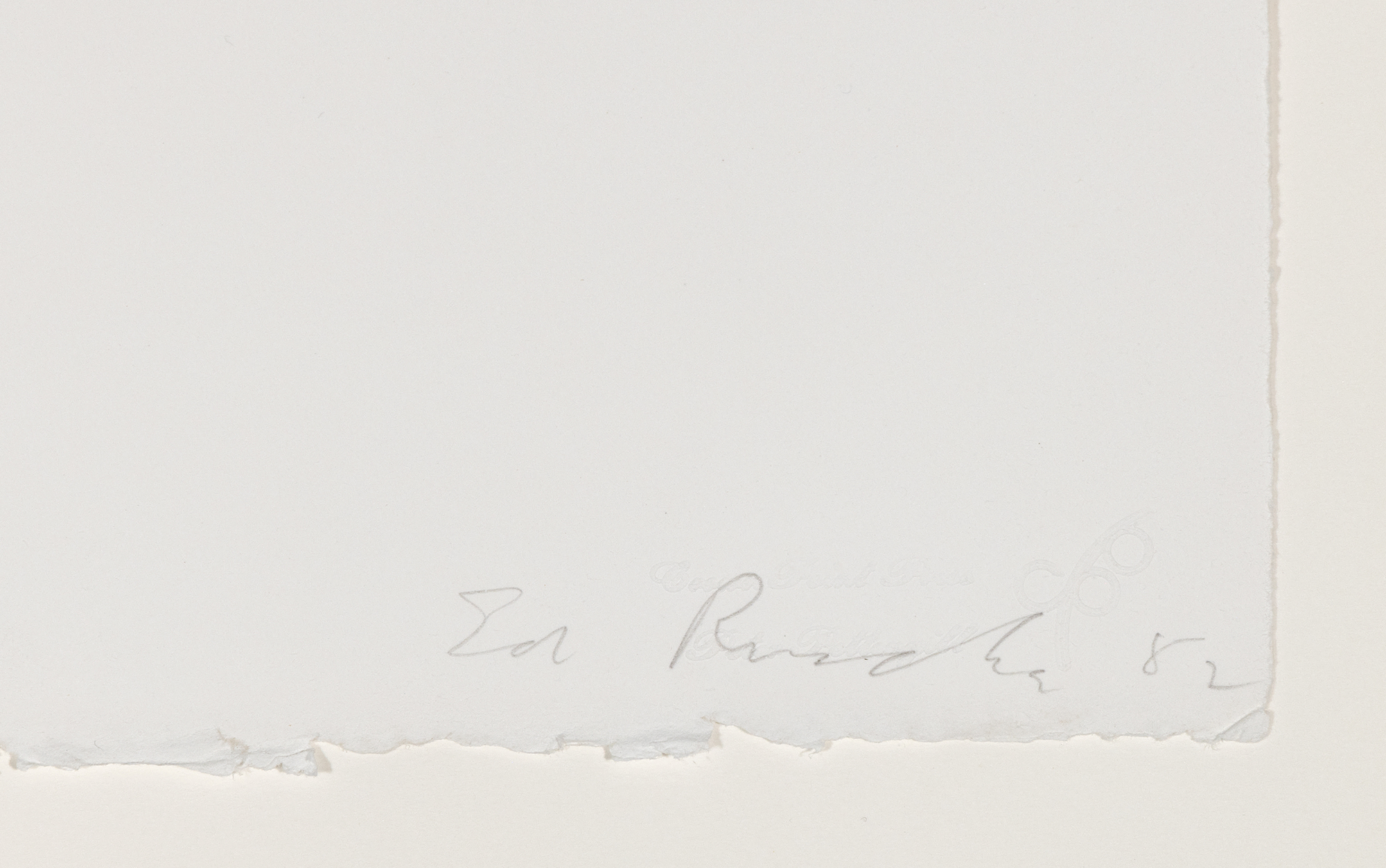

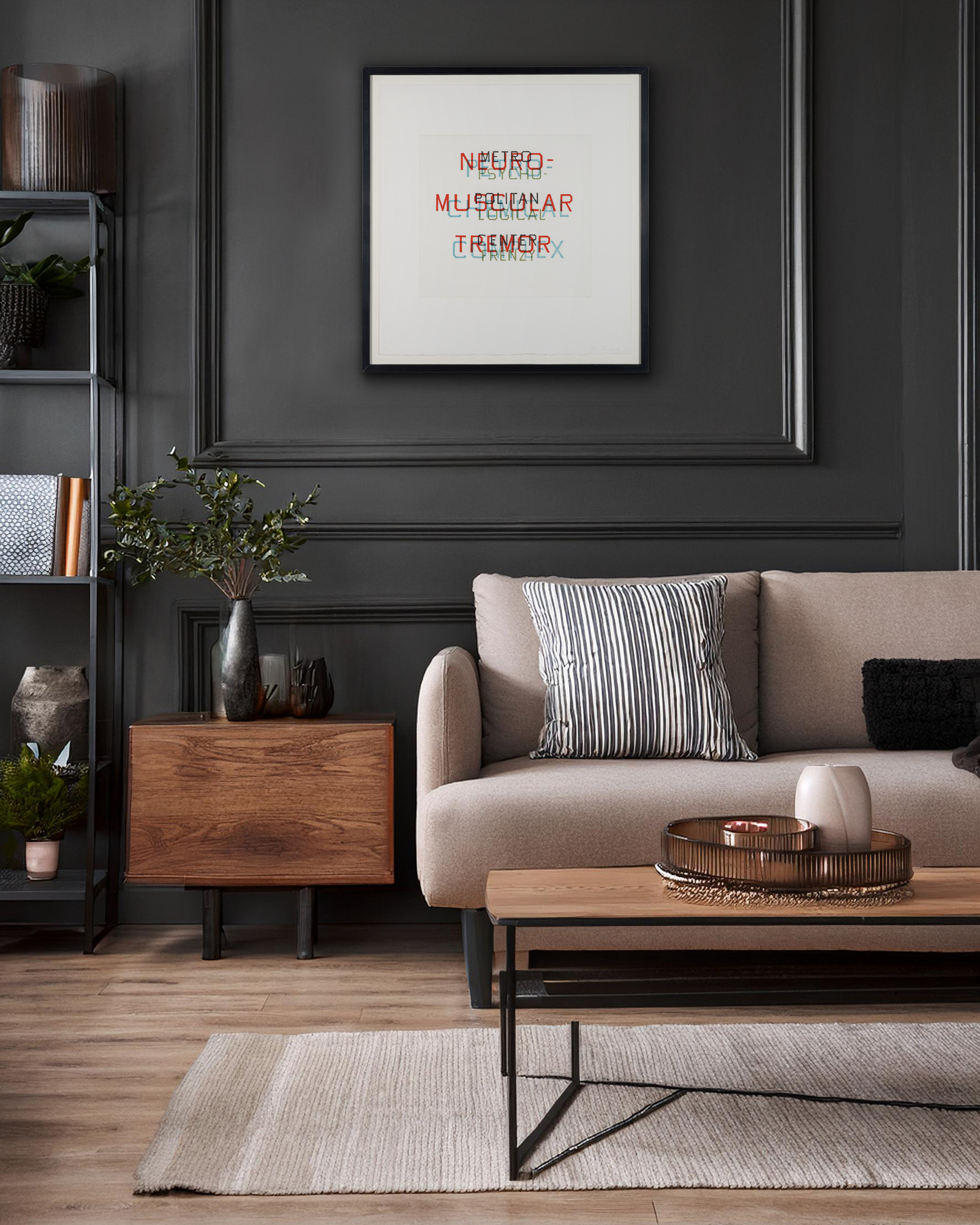

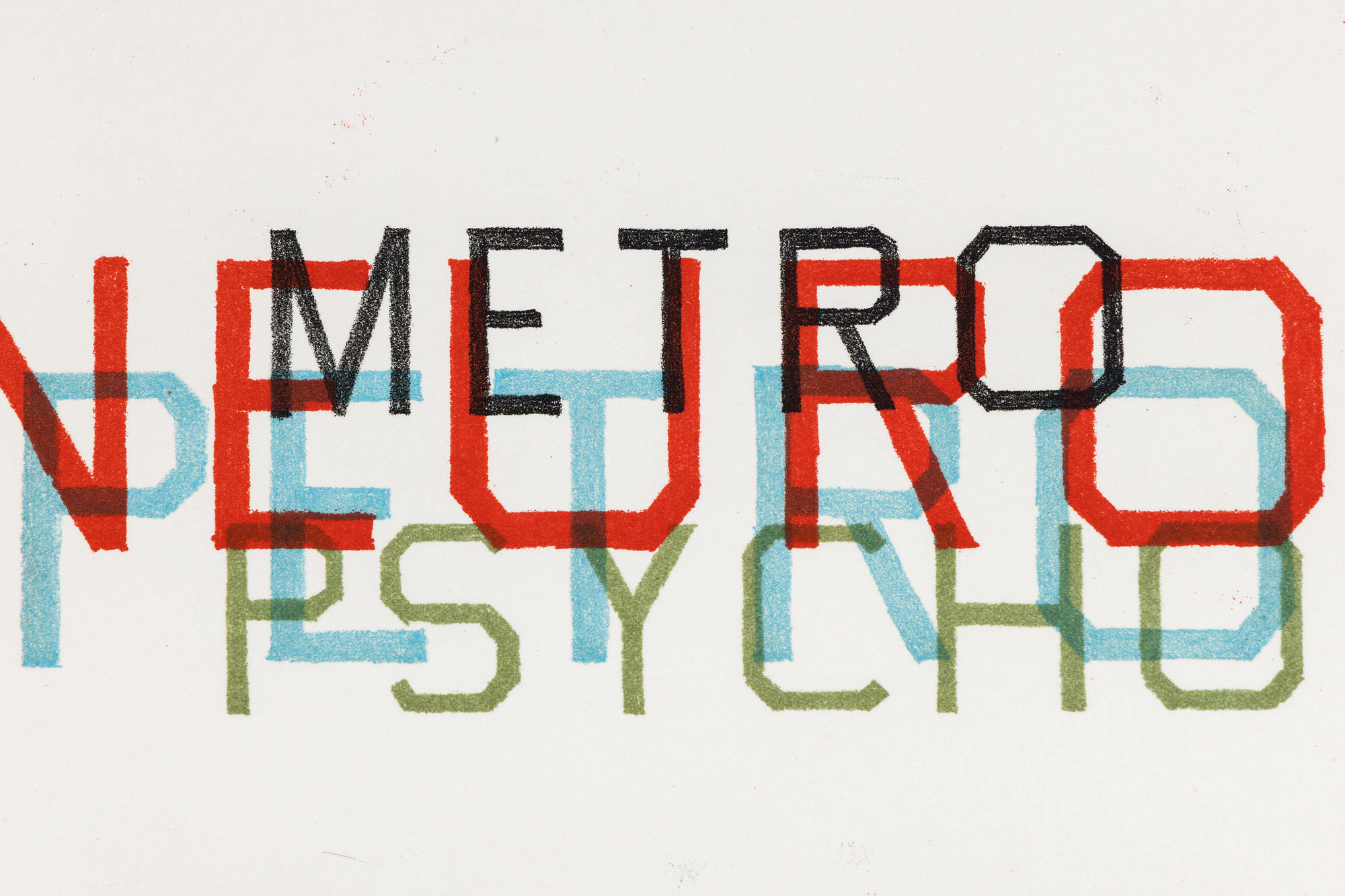
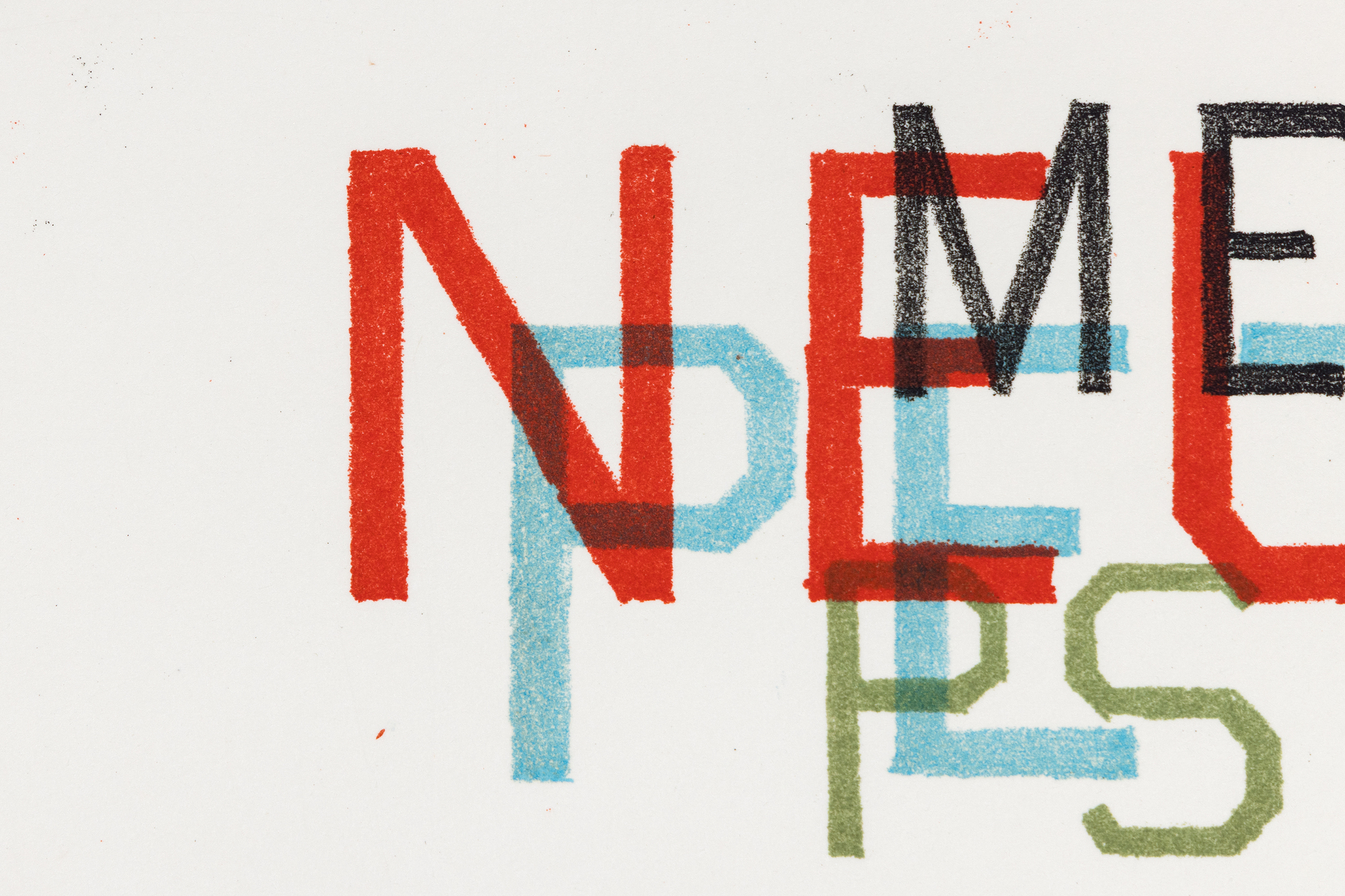

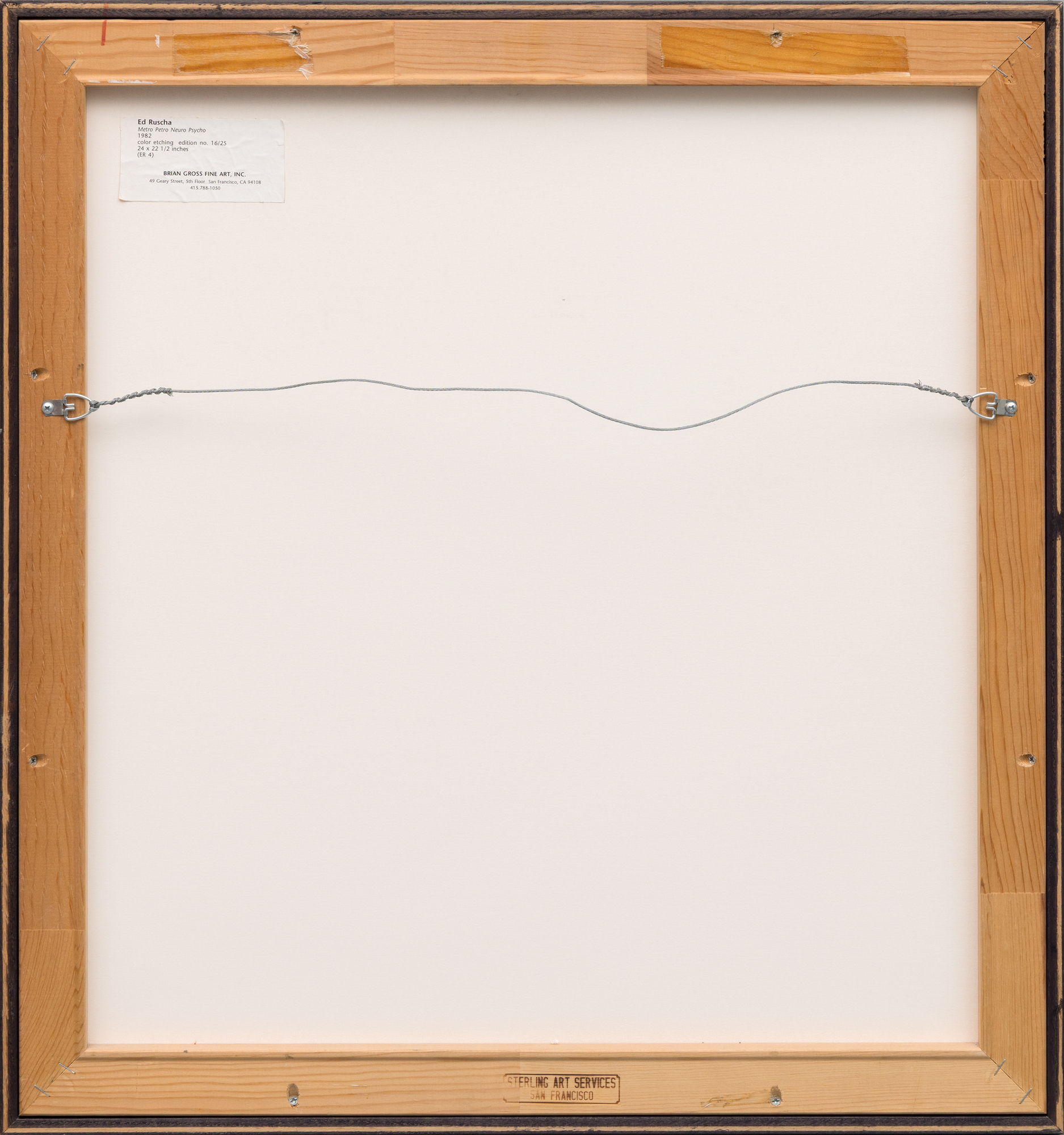
Procedencia
Bellas Artes Brian GrossColección privada
25,000
Este grabado, que tiende un puente entre las icónicas pinturas de palabras de Ruscha de los años sesenta y sus experimentos más estratificados de los años ochenta y posteriores, encarna su planteamiento de aislar fragmentos del lenguaje -eslóganes en carteles publicitarios, palabras oídas por casualidad o frases inventadas- para poder reconsiderarlos como fenómenos visuales y semánticos. El propio Ruscha ha descrito estos arreglos como "ruido visual", a la vez lúdico y desorientador. El reconocimiento institucional de la importancia de la obra se ve reafirmado por ejemplos en el Museo de Arte Moderno de Nueva York y la Galería Nacional de Arte de Washington.


